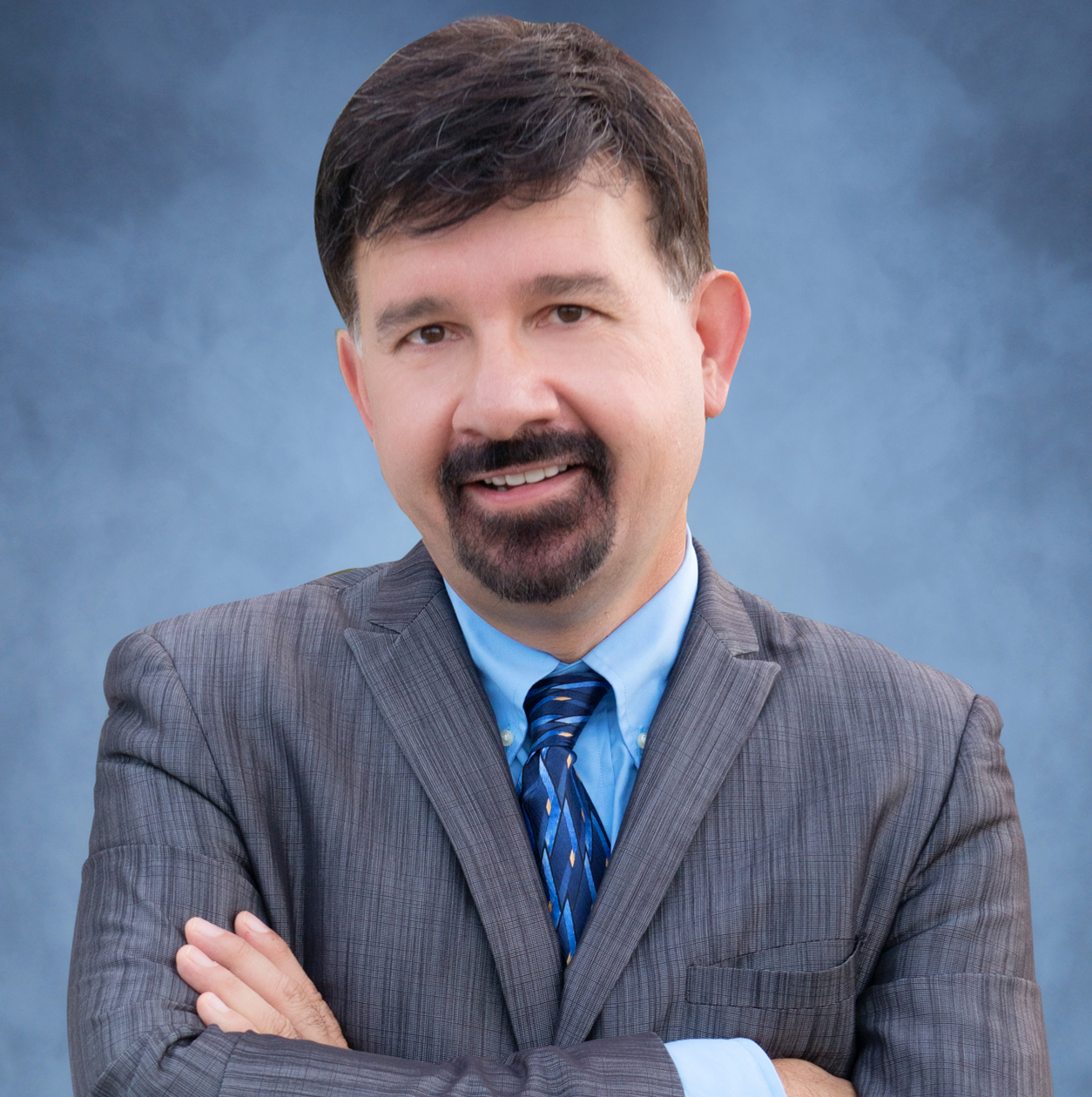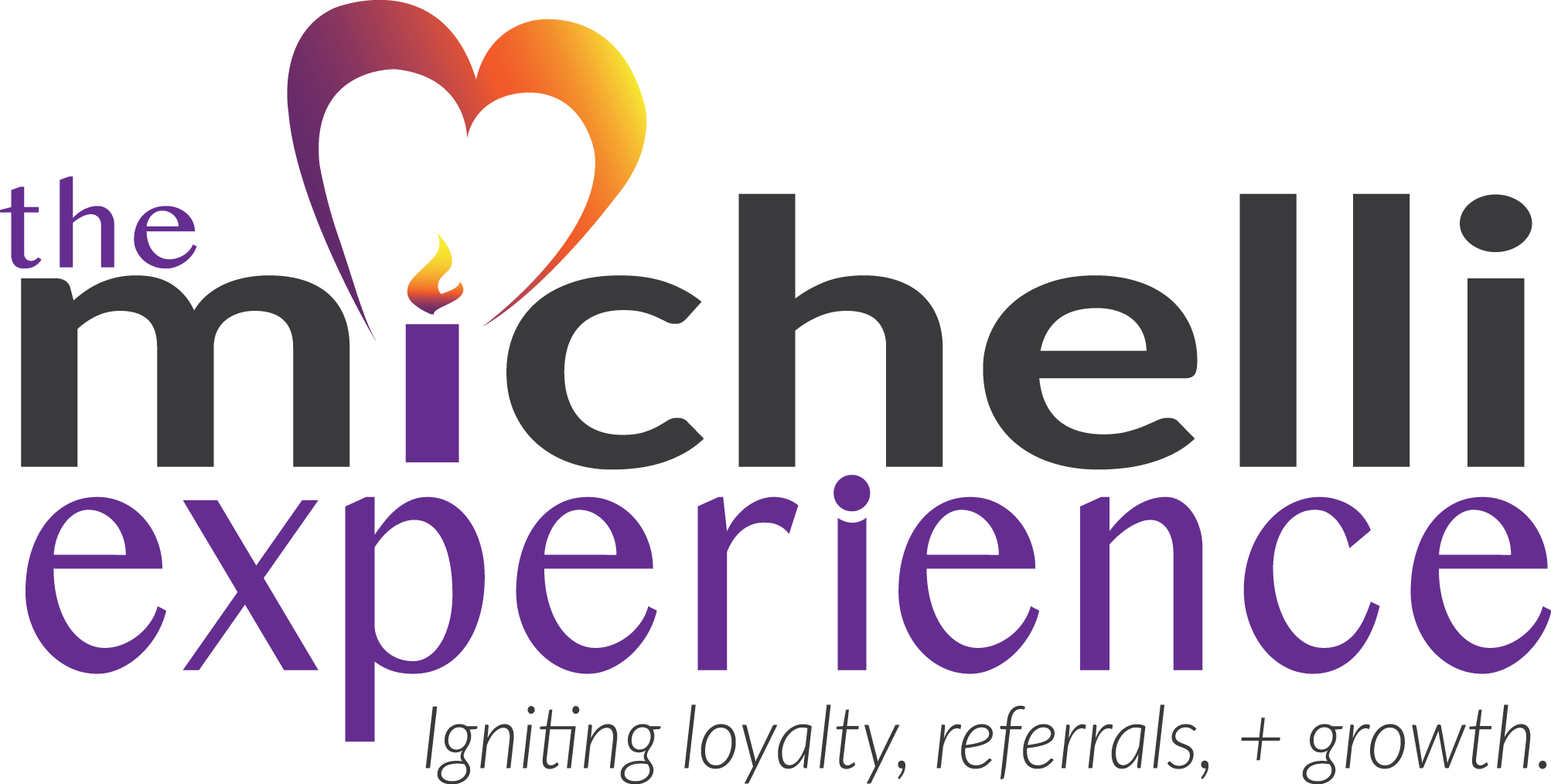If you are one of those amazing people who read last week’s post and reached out in support of our Surprisingly Kind movement – Thank You! If you missed that post, you’ll get the gist soon – as I build on the surprisingly kind theme.
Quite frequently, my team and I are asked to develop customized frontline and leadership training materials in support of an enhanced team member or customer experience. Having reviewed a lot of generic service training materials available in the market today, I find myself cringing when the curriculum proceeds down any number of over-traveled paths like these:
The “Thinking You Can Put in What God Left Out” Path
I wish I were kidding, but many service training tools offer vacuous instructions like always make eye contact or remember to smile.
In my experience, if smiling isn’t in the disposition of the person you hired, no amount of training can remedy the issue. In addition to behavioral interviewing tools, the world-class employment and customer experience brands with whom I’ve worked often rely on robust service talent selection technologies. The premier provider of these tools is Talent Plus.
The “Let’s Waste Time and Attention Span with Forgettable Numbers” Path
This approach involves using lots of statistics. Statistics have their place, but all too often, they clutter the learning environment, particularly when it comes to skills training or efforts to inspire behavior change.
Frequently, I see customer experience training programs citing boring and often inaccurate statistics like “95% of face-to-face communication is processed non-verbally.” Ninety-five is a nice number, but if you want to communicate the importance of nonverbal communication, doesn’t it make more sense to role play examples where a person’s words and nonverbal cues don’t align?
A Less Traveled and More Productive Way
Since the two aforementioned paths often lead to training dead ends, I am a fan of taking a less traveled road – it’s service experience storytelling. To make my point, let me tell you a story about one of my favorite storytellers, Dr. David Feinberg
David is currently the head of Google Health, but when I worked with him he was the CEO of UCLA Health Systems. In those days, I’d usually find David roaming the halls of UCLA’s many hospitals and clinics.
During those strolls, David listened attentively to patients and team members. He captured the experience stories from those he encountered and shared them at the beginning and end of every meeting he conducted.
You were not in a meeting with David unless it began with a story of excellence in experience delivery or a lesson on how experiences could be made better. Not only did David practice leadership by walking about and service experience storytelling, but he also made it an expectation that his direct reports would do the same. In essence, he created a culture that told stories of experience wins and experience opportunities.
In that process, David and leaders at all levels of the organization inspired and gave examples of what service greatness did and could look like at UCLA. Those examples were routinely framed in the context of UCLA’s vision to “heal humankind, one patient at a time, by improving health, alleviating suffering, and delivering acts of kindness.” Therein is the tie back to the “Surprisingly Kind” movement. It’s an effort to increase service storytelling by creating a community of kindness spotters.
For more detailed information on the movement, check out my recent post here or visit surprisinglykind.com. In a nutshell, I’m hoping you’ll submit service excellence stories so that we can avail them to a wider audience. More importantly, I hope you will access a powerful training resource often hidden in plain sight – transferrable lessons that emerge from the actions of you and your colleagues.
If you have any questions about the surprisingly kind movement, please don’t hesitate to reach out to me and we can schedule a time to talk. Otherwise, you can also reach out to talk about your experience training needs or driving a service storytelling culture.

Joseph A. Michelli, Ph.D. is a professional speaker and chief experience officer at The Michelli Experience. A New York Times #1 bestselling author, Dr. Michelli and his team consult with some of the world’s best customer experience companies.
Follow on Twitter: @josephmichelli



